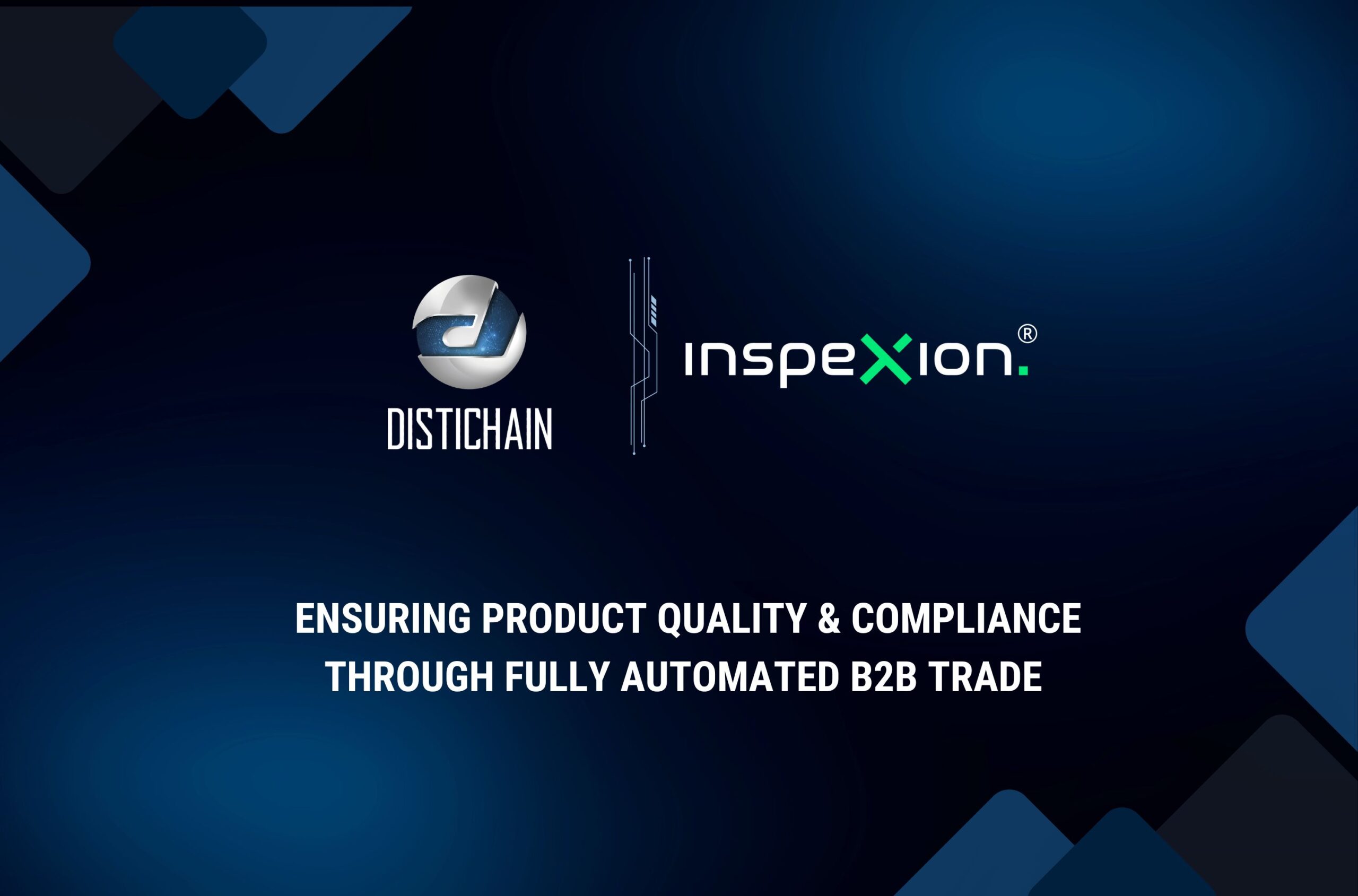Trade finance is essential to international trade, equipping businesses with financial resources to address the risks in cross-border transactions. Whether financing the purchase of goods or ensuring payment for goods sold, trade finance plays a crucial role in international commerce.
This article explores the fundamentals of trade finance, delving into its purpose, key players, and innovative technologies transforming the industry.
Defining Trade Finance
Trade finance encompasses the financial instruments and products that help businesses navigate challenges like currency fluctuations, payment defaults, and political instability in international business transactions. This allows them to engage in global trade while minimizing financial risks.
Playing a vital role in global trade and B2B marketplace transactions, trade finance is essential for developing countries. In fact, the combined annual volume of domestic and international trade credit accounts for over 40% of the world’s GDP, or US$35 trillion. By offering tools for global trade, trade finance contributes to economic growth and development in developing countries.
Despite its advantages, trade finance also involves risks such as payment risk, country risk, and corporate risk. Financial institutions like banks provide trade finance products to address these risks, but businesses must remain vigilant and implement safeguards.
In summary, trade finance facilitates new opportunities and market expansion by equipping businesses with the financial resources necessary for participating in global trade.
How Does Trade Finance Work?
While the above might read abstractly, let’s break it down into something more concrete. Trade finance introduces a third party to transactions, mitigating payment and supply risks. It ensures exporters receive payment per the agreement and may extend credit to importers for trade order fulfillment.
Unlike conventional financing, which manages solvency or liquidity, trade finance addresses unique risks (as mentioned above) or the creditworthiness of involved parties rather than solely indicating a buyer’s lack of funds or liquidity.
As trade finance helps navigate the complexities of international trade, it’s crucial to understand the various instruments and institutions that play a pivotal role in supporting cross-border trade.
Types of Trade Finance: Exploring Key Instruments
Trade finance provides instruments to finance and facilitate international trade transactions while mitigating risks. These instruments are divided into short-term and medium to long-term products. Some of them are:
Letters of Credit
A popular trade finance instrument, letters of credit ensure payment and delivery in international transactions. Banks commit to paying sellers upon receiving specified documents. This process builds trust between trading parties.
Export Credit and Insurance
These instruments address risks associated with international trade. Export credit finances exporters, while export insurance protects against non-payment and other threats. They enable businesses to expand exports safely and navigate cross-border trade risks.
Bank Guarantees
These guarantees assure sellers regarding buyers’ contractual obligations. Banks promise to pay sellers if buyers fail to meet the contract terms. These guarantees are commonly used in construction, procurement, and commercial agreements.
Factoring and Forfaiting
Businesses use these short-term financing solutions to improve cash flow. Factoring involves selling accounts receivable, while forfaiting involves selling trade receivables without recourse. Both methods help companies to meet immediate financial obligations.
Trade Finance Providers: Industry Players

Trade finance providers tailor their products and services to accommodate the specific requirements of businesses involved in cross-border trade. Some of the key players include:
Commercial Banks
Traditional providers like commercial banks offer a variety of products and services. These include letters of credit, trade finance loans, and export financing. With their long history and established trade-finance relationships, they have become trusted and reliable partners for businesses engaged in cross-border trade.
Non-Bank Financial Institutions
These institutions provide alternative financing options for businesses in cross-border trade. Examples include factors, leasing companies, and alternative lenders. They offer a range of trade finance products and services, such as factoring, leasing, and supply chain finance. They are often more flexible in their lending criteria, making them suitable for businesses that may not qualify for traditional bank financing.
Government and Export Credit Agencies (ECAs)
These agencies support national trade interests by providing financing and insurance to businesses engaged in cross-border trade. Governments often back them and offer various trade finance products and services. These include export credit guarantees, insurance, and direct lending, which are critical in supporting businesses, particularly in emerging markets where financing and insurance options may be limited.
Fintech Companies:
Build a network or consortium of banks on one platform and offer it to traders.
Technology and Innovation in Trade Finance

Innovations in technology have revolutionized the trade finance industry, introducing novel methods for facilitating international transactions. Key technologies transforming trade finance are:
Digital Platforms and B2B Marketplaces
Online platforms connect buyers and sellers, simplifying transactions and payments. They offer various financing solutions, such as invoice financing and supply chain finance, reducing the time and cost associated with trade finance. With digital platforms and B2B marketplaces, cross-border trade is easier and more efficient.
Blockchain and Distributed Ledger Technology (DLT)
Blockchain and DLT provide a secure and transparent way to record and verify transactions. These technologies facilitate the creation of smart contracts, automating trade finance transactions, enhancing trust and transparency, and reducing fraud.
Fintech Solutions
Innovative financial technologies disrupt traditional trade finance models, offering alternative solutions for businesses. Examples include digital supply chain finance platforms, peer-to-peer lending, and alternative credit scoring models, which expand access to financing and lower trade finance costs for businesses of all sizes.
Trade Finance for Business Success
Trade finance is essential for businesses to overcome challenges and seize opportunities in today’s global market. Companies can expand their reach and capitalize on global trade opportunities by providing financial tools to mitigate cross-border trade risks.
Partnering with trade finance providers and leveraging innovative technologies enables businesses to gain a competitive edge. Embracing these advancements in trade finance will drive success and open the door to a world of possibilities in the ever-evolving global trade landscape.
Kickstart your business marketplace today. Learn how.













